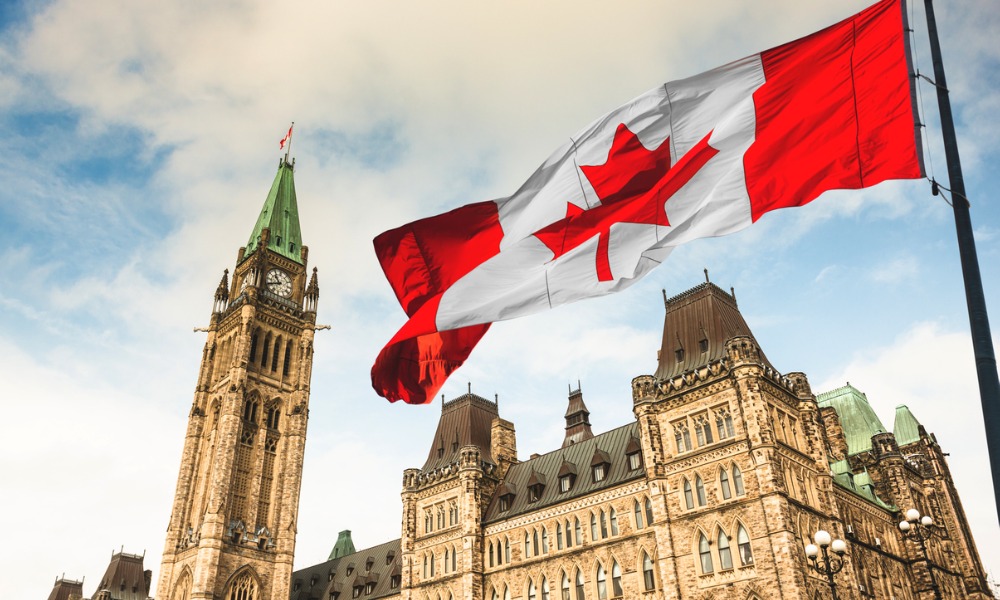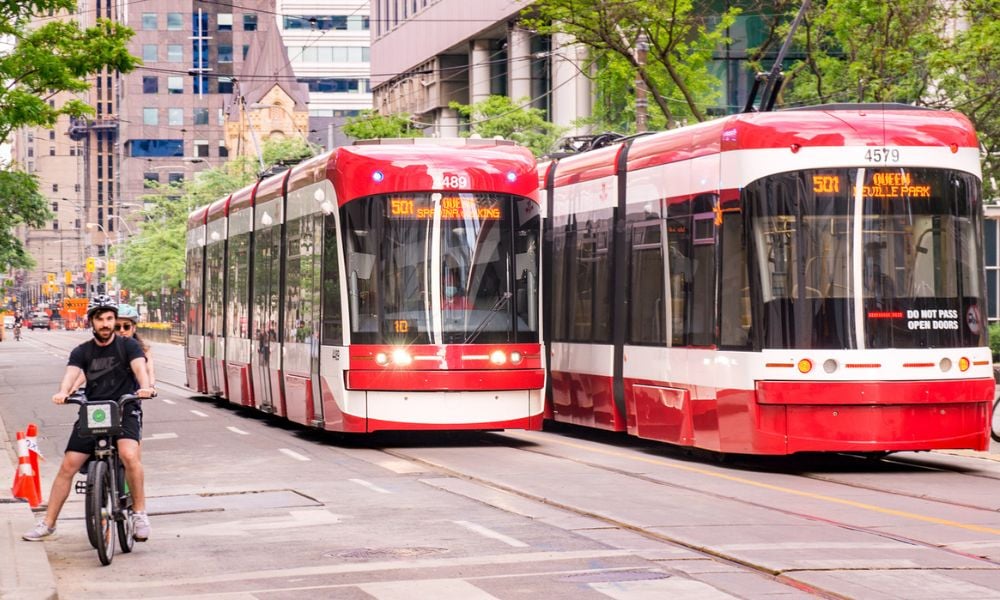'I wish I had the magic bullet and answer to why, but it's a combination of many things,' says academic

Experts say Ottawa’s new tool has shed light on a concerning reality within Canada’s workforce. The equity data website Equi’Vision has revealed that Indigenous workers’ mean hourly wage is about 9% less than non-Indigenous workers’ hourly earnings in most parts of Canada, according to Canada’s National Observer.
Rodney Nelson, an Indigenous governance and economic development researcher at Carleton University, weighed in on the matter.
“I think anybody with a sane mind would agree that there should be no wage gap,” he told the publication. “I wish I had the magic bullet and answer to why, but I think it’s a combination of many different things.”
Under federal regulations, private-sector companies with 100 or more employees must annually report equity data to Ottawa. This includes insights into wage differentials and workforce diversity. Equi’Vision compiles this data into graphs, offering a bird’s-eye view of the employment landscape.
Disparity in wages across the country
The latest data, collected in 2021, shows that nationally, Indigenous workers experience the second-largest wage gap of any group after women, who see a wage gap of about 10%, said Canada’s National Observer. In Ontario, the gap widens further, with Indigenous workers earning an hourly mean wage about 10% less than their non-Indigenous counterparts.
However, the wage gap isn’t uniform across the country. In British Columbia, Alberta, and Quebec, the disparity hovers around 5%. Yet, in Manitoba and the Yukon, it climbs to 5.6% and 8.4%, respectively.
The disparities are most glaring in the Northwest Territories and Saskatchewan, where the wage gap reaches a staggering 11.6% and 11.3%, respectively, said the report. The Maritime provinces reflect near-zero differentials, while in Nunavut, Indigenous workers actually earn roughly 12.8% more per hour than their non-Indigenous peers.
Bea Bruske, president of the Canadian Labour Congress, highlighted the stark reality revealed by the data: not everyone in Canada enjoys equal opportunities for fair wages.
“It's a grim picture, and we need to do better,” she told Canada’s National Observer. Bruske hopes the data will prompt employers to reevaluate their practices and devise new strategies to promote better employment opportunities for underrepresented groups.
Colonial policies restricting access to land, capital, and resources have created systemic barriers for Indigenous Peoples in the workforce. Nelson noted additional factors contributing to the wage gap, including workplace biases and limited access to high-paying jobs, especially for workers on reserves, said the report.
Have something to say about this story? Leave a comment below.







